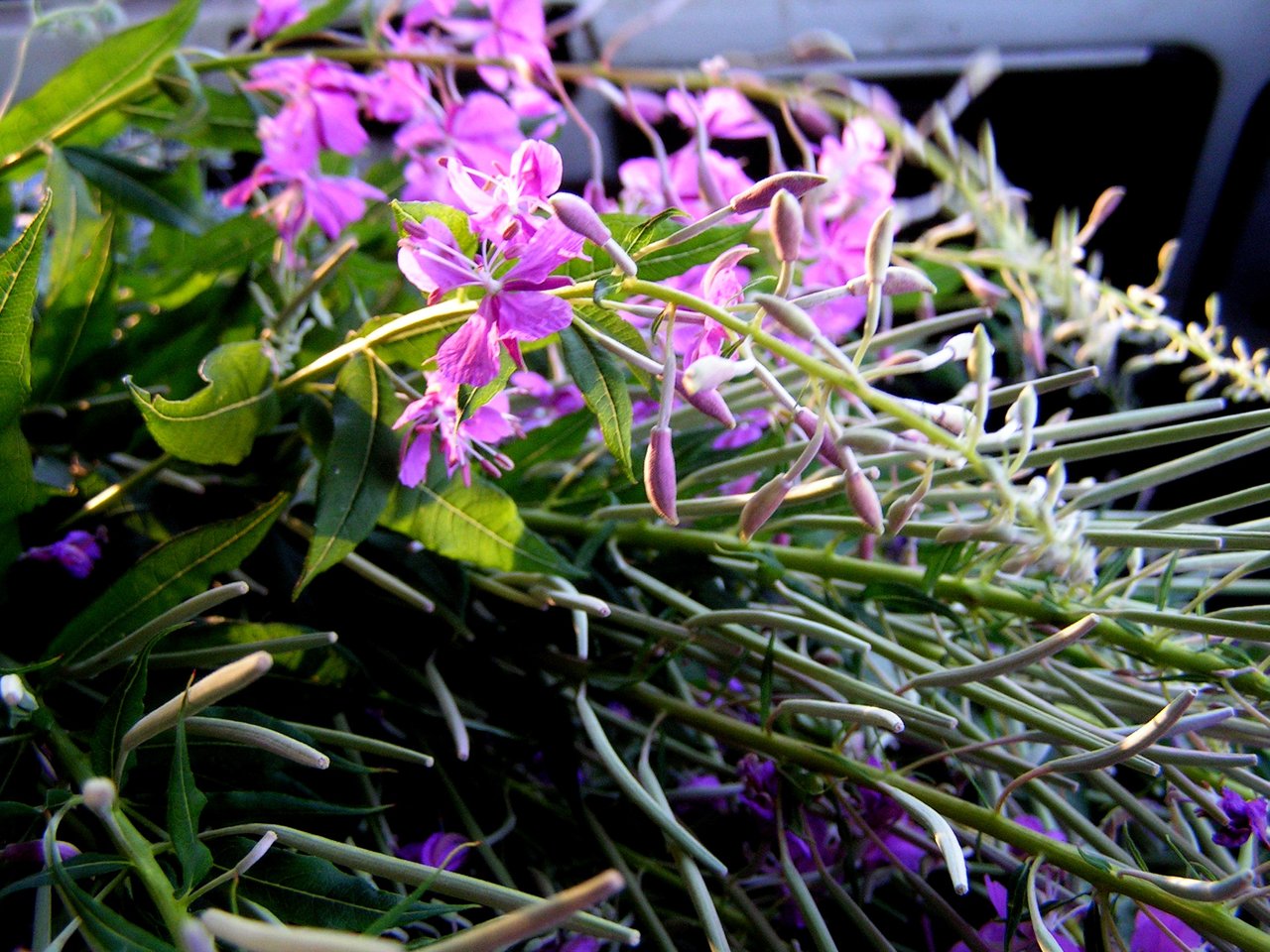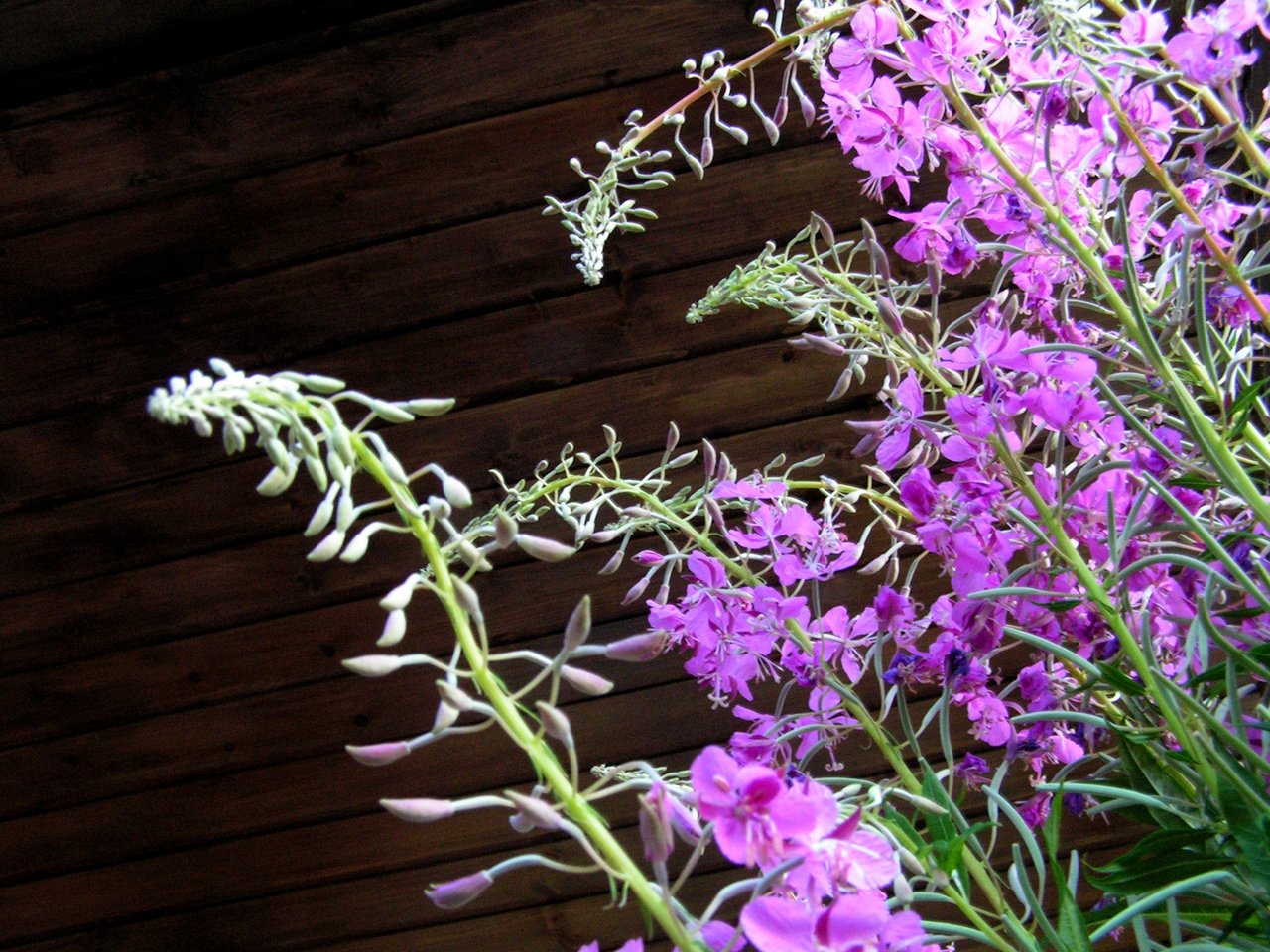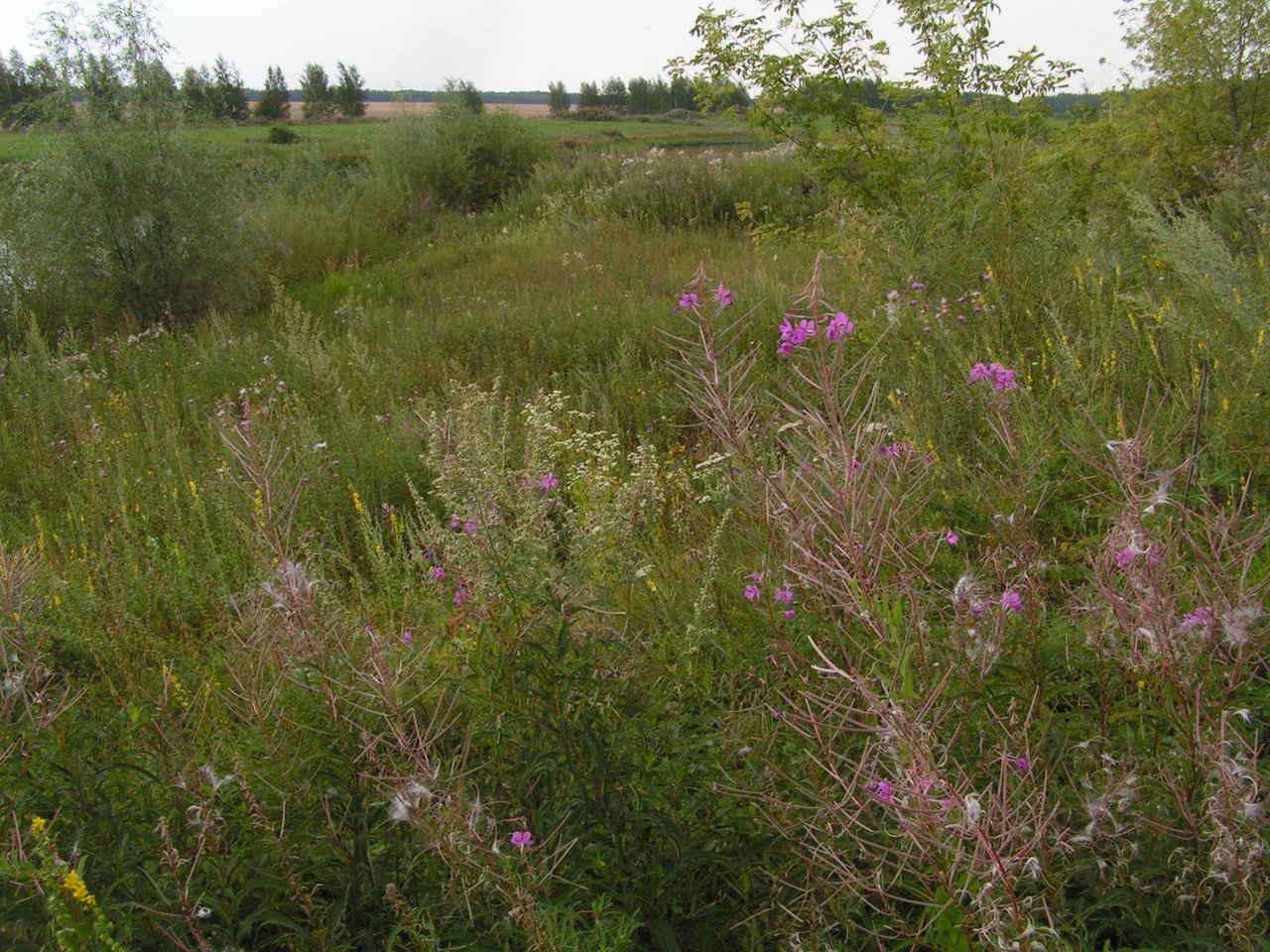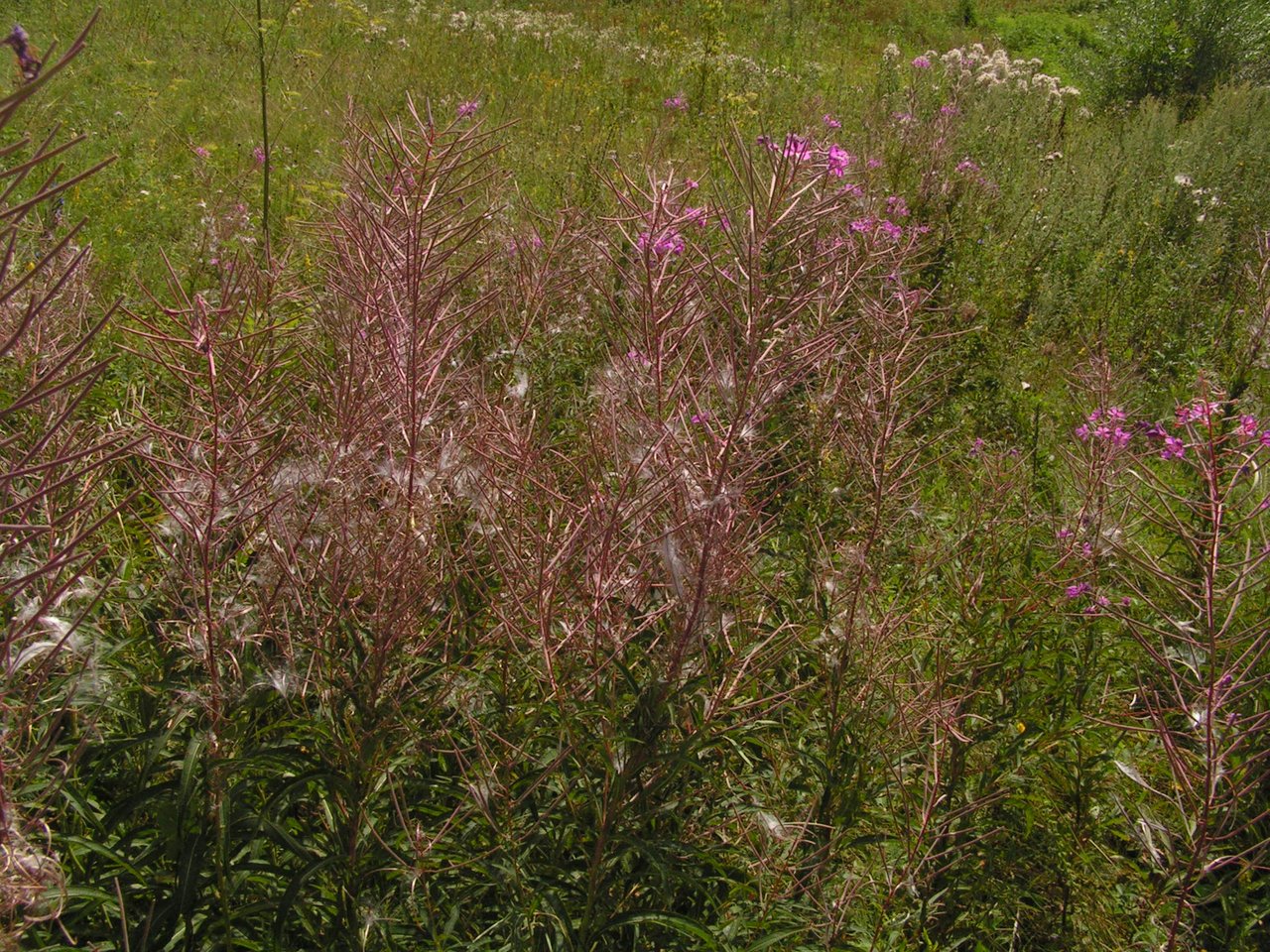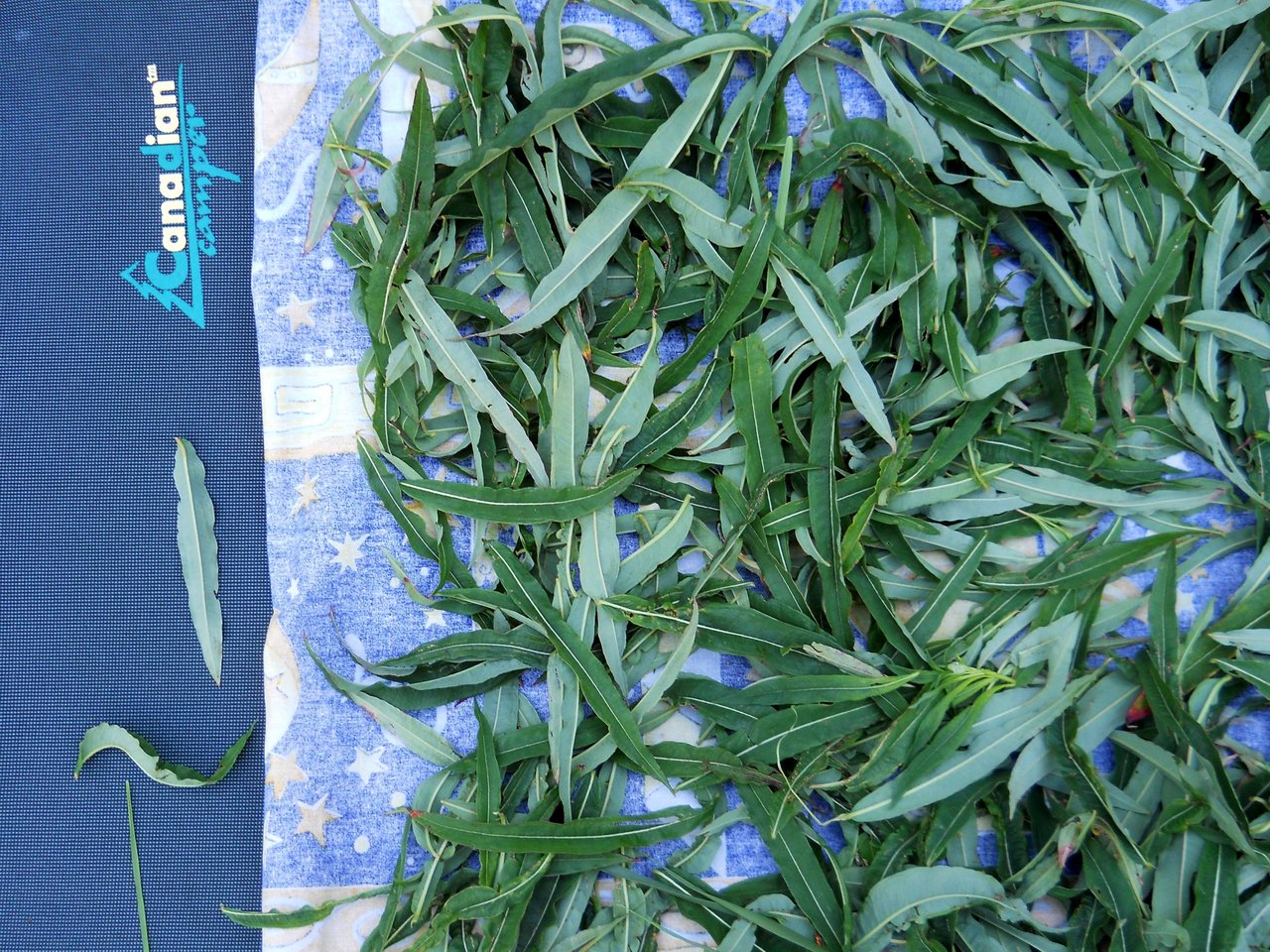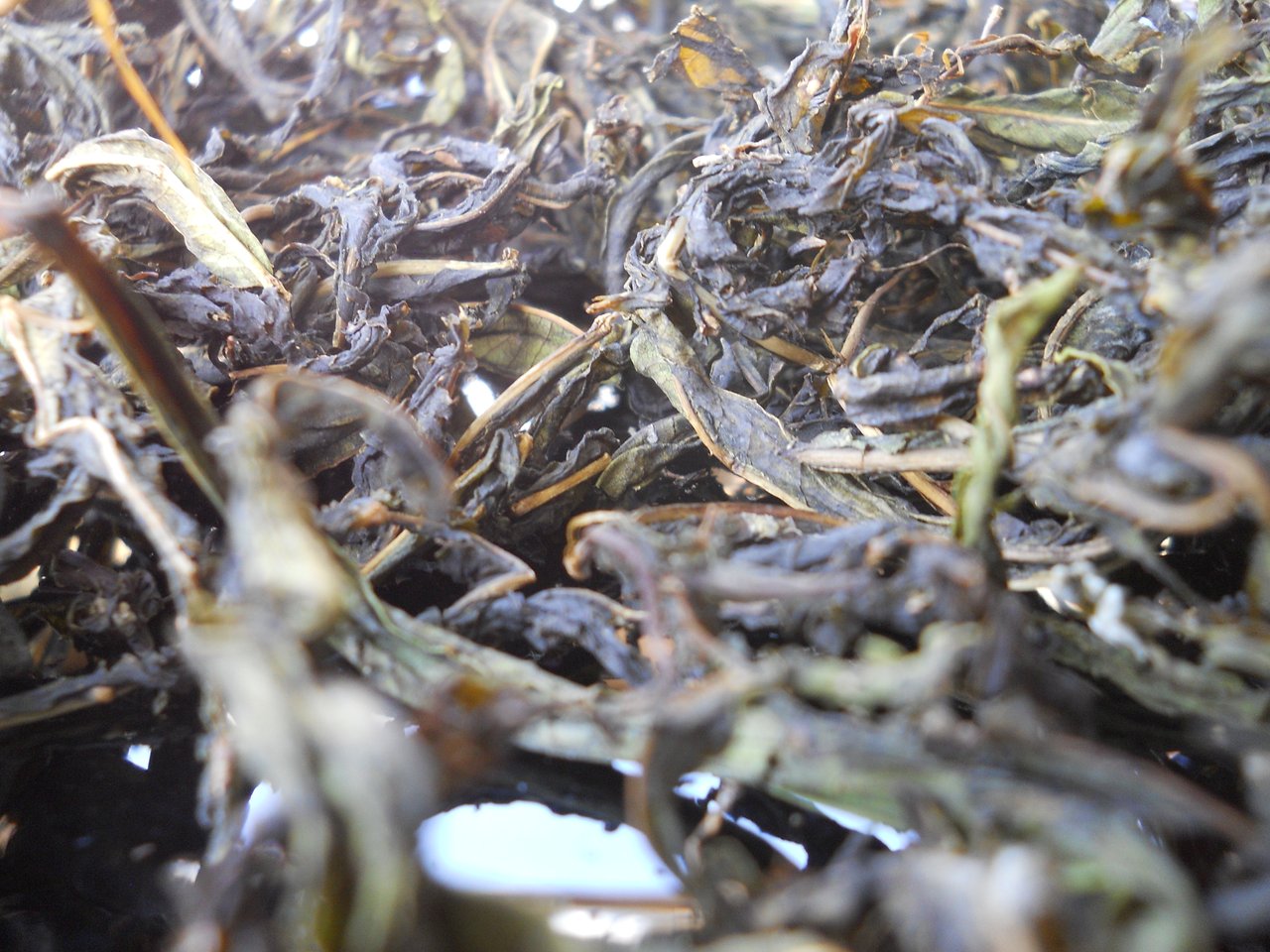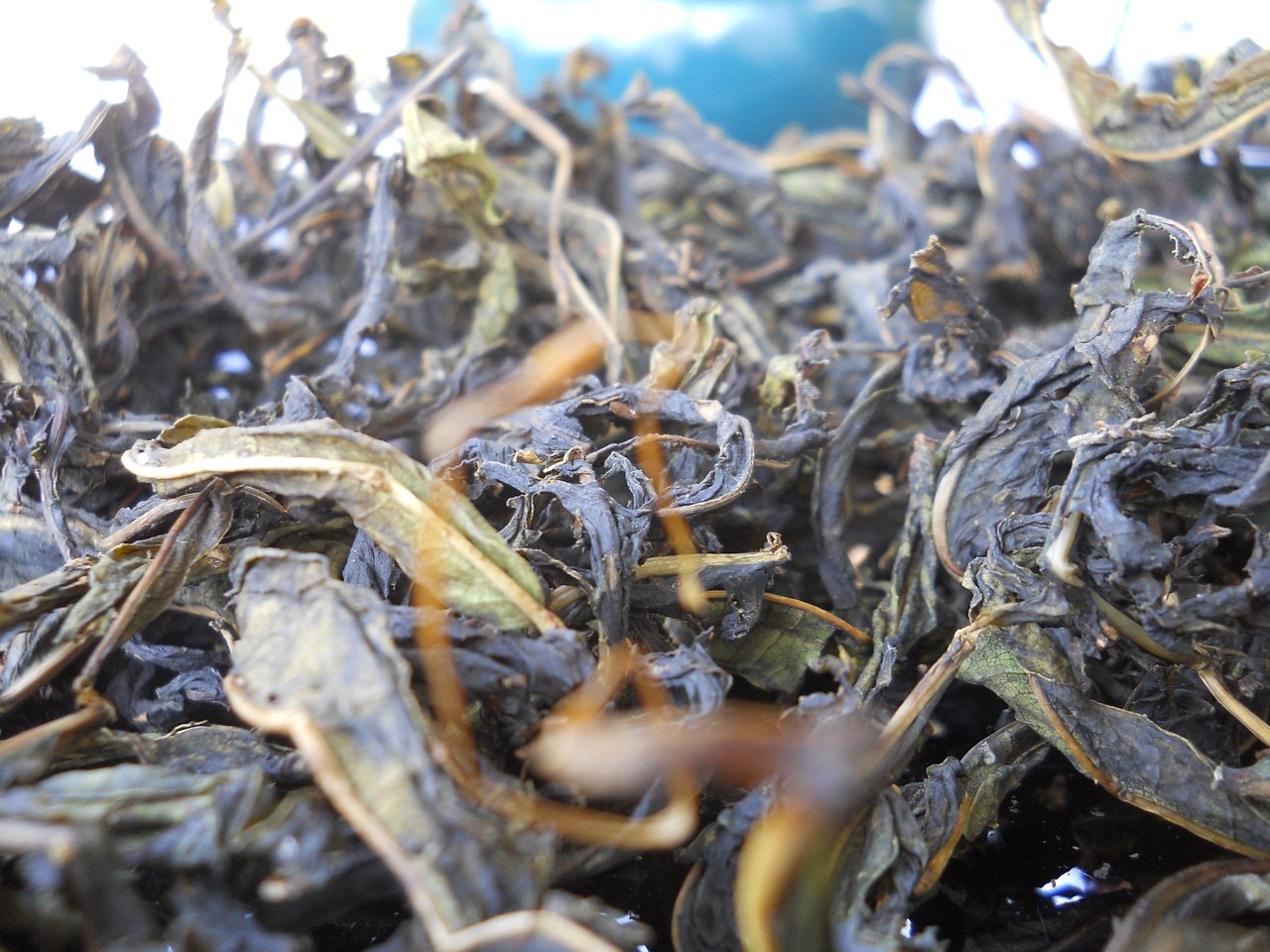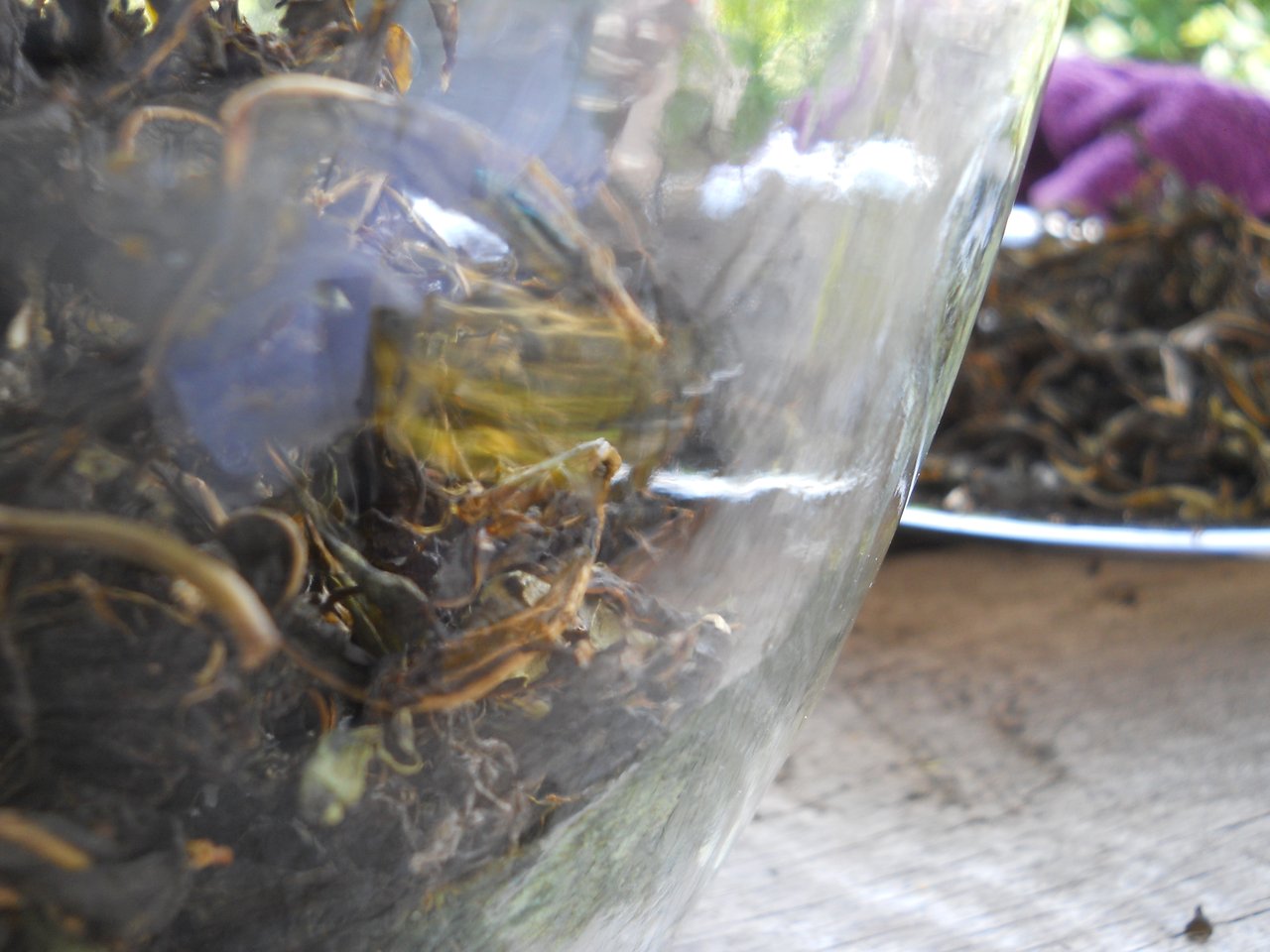I want to tell you about a plant known to many, but I can't find the correct translation of its botanical name into English, although the distribution area of the plant is extensive and it definitely grows in those parts of the planet where English is spoken.
In addition, it turns out that botanists cannot decide in any way to which genus it belongs and whether it should be attributed to a special genus Chamerion (Lati. Chamerion) or not. But some still define it where it seems right to them, and therefore such a simple plant has many names, and it is possible to understand what exactly it is about only from photographs and Latin names.
Epilobium
Chamaenerion
Chamerion
Fireweed
Fireweed - this translation was offered by an auto-translator from Russian to English. But he didn't do it on the first attempt, but only after I found this word in an encyclopedia in English and printed it. The translator learns from us :). Before that, he gave the translation as "cypress"
I have never been able to photograph this plant in a meadow successfully. It always turns out it's unclear where it is and where the other grass is. There is not enough ability to do it correctly. Therefore, I will start with photos of the already collected Ivan tea and how it was brought home. But usually we do not pluck the whole, but take only the leaves, leaving him flowers and a certain number of leaves on the stem. We are trying to save it for the future, because we will return to this meadow and another year for a new harvest.
In our country it is called: Ivan tea and the leaves of the plant are collected to make a very pleasant drink, which is called: Kopor tea. It grows in special places. In our area, I know only two places of growth. There used to be three, but for some reason he disappeared in one meadow.
It grows in special places. In our area, I know only two places of growth. There used to be three, but for some reason he disappeared in one meadow.
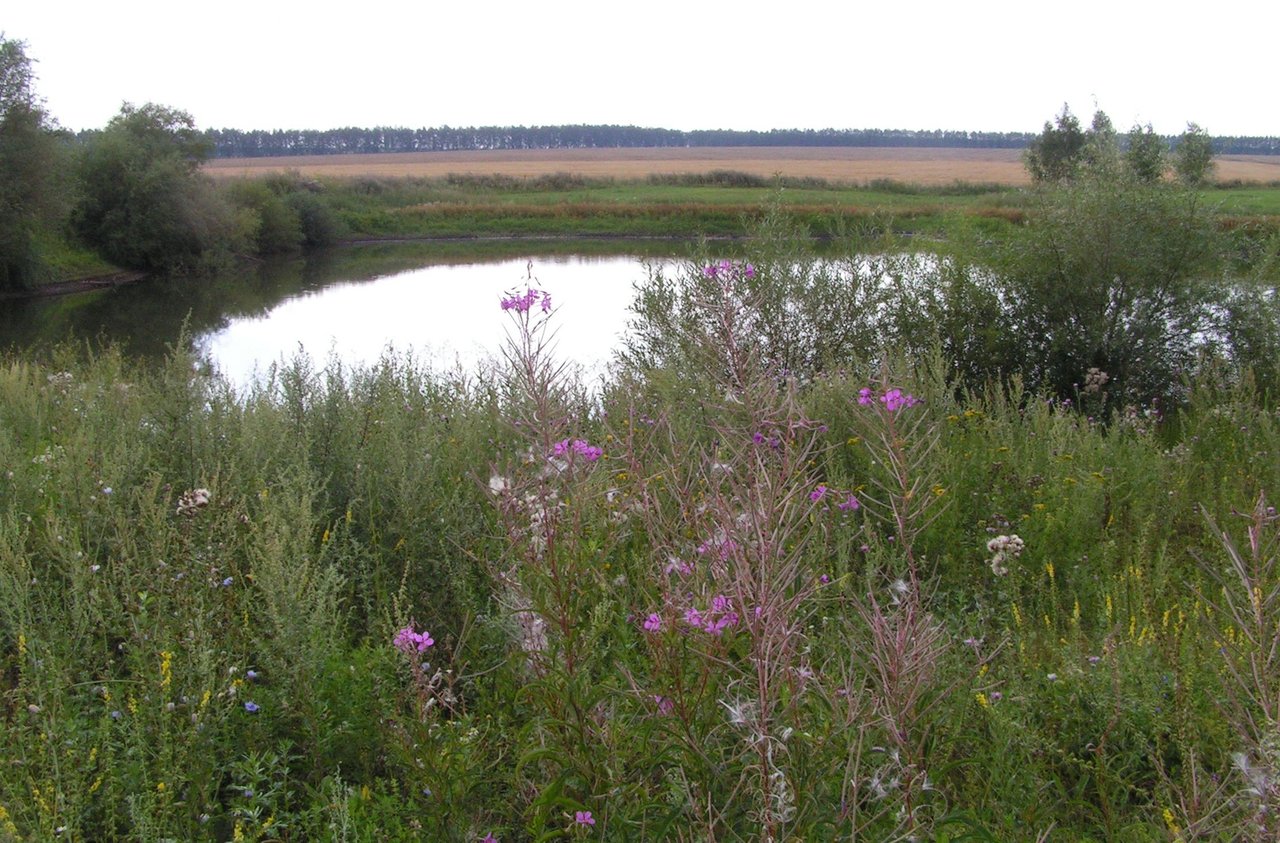
This year we were late with the collection due to bad weather and when the road dried up and we were able to get to the meadow, we saw that Ivan-tea was already releasing fluff from the ripe pods, on which its seeds fly away. The leaves were not affected by this, but it was difficult to collect them on a hot day among this fluff.
The leaves are immediately poured out for ventilation, then they are twisted until the juice appears and after that they are laid in a dense layer in glass, ceramic or enameled dishes for fermentation. After a few hours, I determine by the aroma that it's time to dry them and begin to perform this process in an electric oven.
It turns out that such a beauty. It is a pity that the photo is not able to convey the flavor of this product. It is always different and depends on the time of collection, and on the time spent by the leaf in fermentation, and on the temperature in the oven. This year, due to the fact that the leaf was very ripe, notes of cocoa and something else indefinite, but rich and pleasant, were added to the thick fruit and floral aroma. It seemed very refined to me.
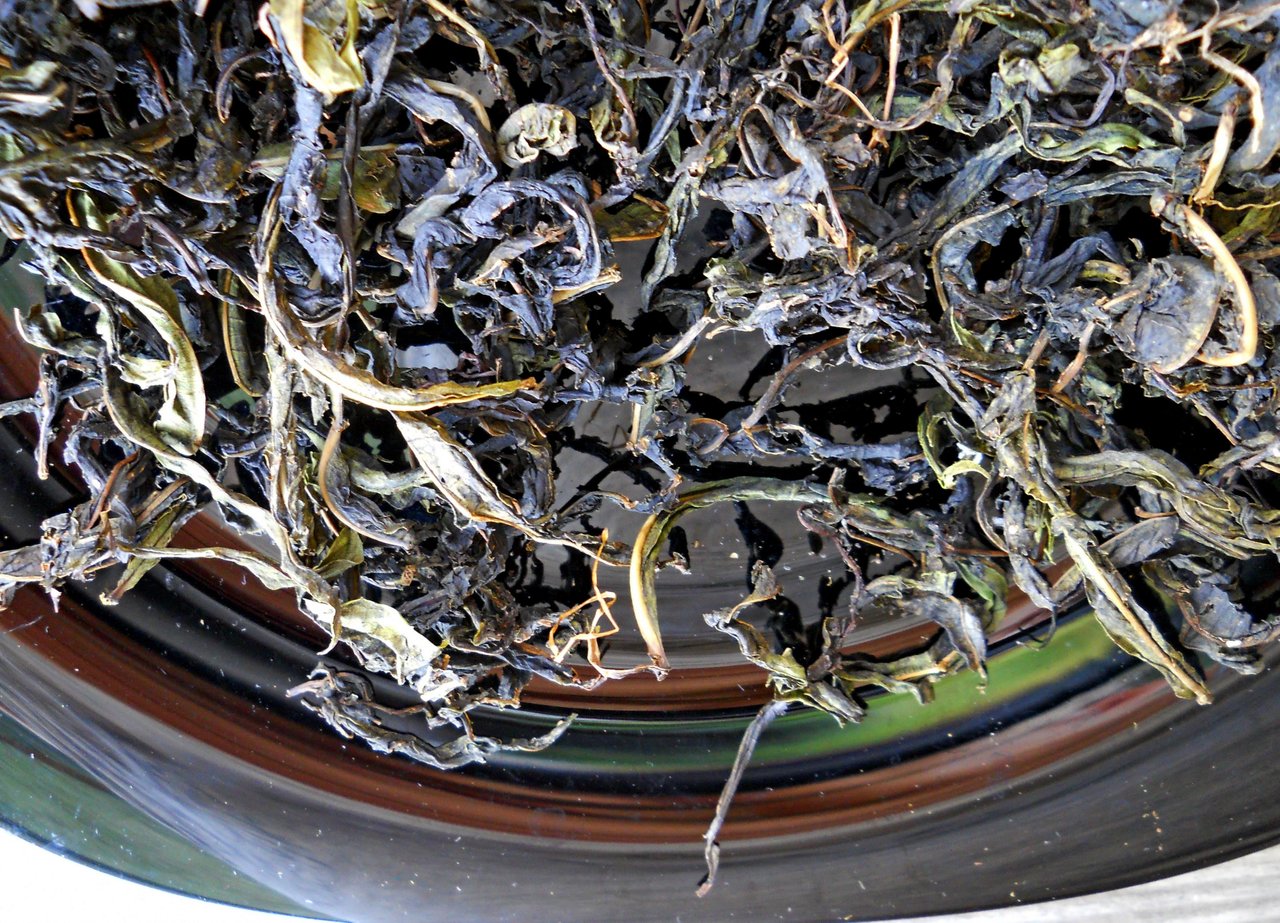
The dried leaf is stored in a glass container and in the dark. Thus, the product retains its properties unchanged for two years. Then it starts to lose color and flavor.

